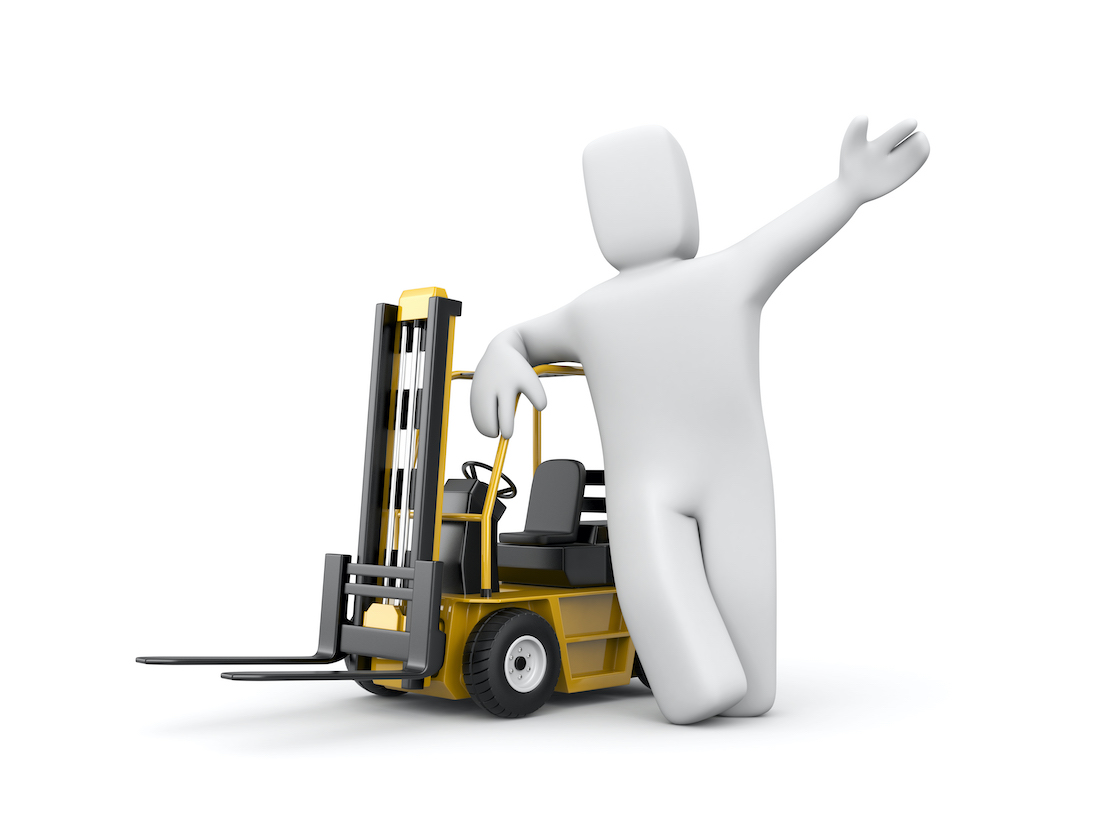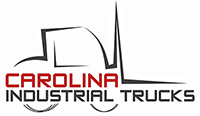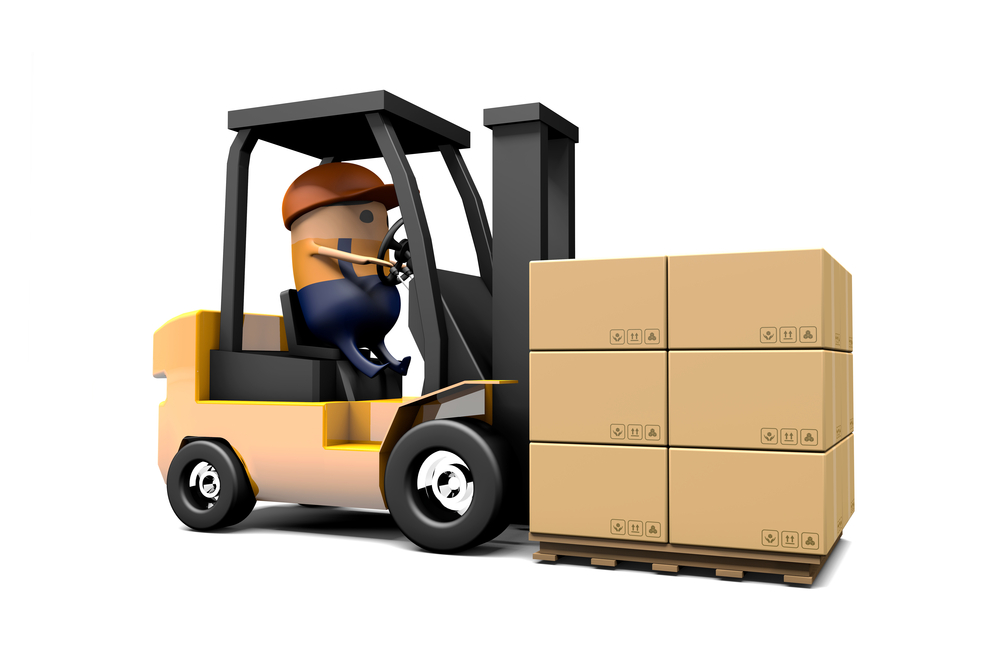Basic Breakdown of the Parts of a Forklift from Our High Point Forklift Repair Expert
05/29/2023
CITrucks
Forklifts have been around since the early 1900s. Their initial purpose was to help transport bombs and other war weapons. They are now essential machinery in many industrial and manufacturing settings. They can also be dangerous if not used the correct way.
Operators must understand the different parts of a forklift and how they work together. In this article, our High Point forklift repair expert delves into the various components of a forklift. Hopefully, you will gain a better appreciation for the complexity of a forklift and how it is able to perform its intended tasks by understanding each of these parts and their functions.
Basics - What is a Forklift?
Forklifts are motorized vehicles that lift and move heavy loads. You'll find them in warehouses, factories, and other industrial settings all across High Point. They generally have a pair of long, vertical prongs, or forks (or some other attachment), at the front of the forklift.
The operator inserts them under a load to lift them off the ground. They then raise, lower, or tilt it to move the load to a different location.
Forklifts are powerful tools used for lifting heavy loads that can weigh up to several tons. Their power sources range from electricity, gasoline, or diesel fuel.
Lifting and Lowering - The Mast
The mast is the vertical structure that sits on top of the forklift's chassis. It is responsible for raising and lowering the load.
It consists of a series of interlocking beams attached to the chassis by pivot points. These allow the mast to move up and down.
A hydraulic lift cylinder powers the mast. It uses pressurized fluid to extend and retract the mast.
Type of Masts
Forklifts have many different types of masts. They all serve specific applications and load capacities. Some of the most common types of masts include:
Single-Stage Mast
A single-stage mast consists of only one section. They are most often on light-duty forklifts. They are not capable of lifting loads to great heights.
Two-stage Mast
A two-stage mast is the most common type of mast used on forklifts that you will see in a warehouse in High Point. It consists of two sections, each of which has a set of forks.
The lower section lifts the load off the ground. The upper section raises the load to the desired height. Two-stage masts are most often used on medium-duty and heavy-duty forklifts.
Three-stage Mast
This is similar to a two-stage mast, but it has an additional section that can lift the load to even greater heights. Three-stage masts are often on heavy-duty forklifts.
They are capable of lifting heavy loads to great heights.

Hydraulic Lift Cylinder
The hydraulic lift cylinder is a key component of a forklift's mast. It is responsible for raising and lowering the load, and it uses pressurized fluid to extend and retract the mast.
The hydraulic lift cylinder consists of:
- A cylinder barrel
- A piston
- A hydraulic fluid
The cylinder barrel is a hollow tube that attaches to the mast. The piston is a rod that is inside the cylinder barrel. The hydraulic fluid is a pressurized liquid that moves the piston up and down inside the cylinder barrel.
Chassis
The chassis is the main structural component of the forklift. It consists of a series of beams and other structural elements that connect together to form a strong, rigid frame.
The chassis supports the weight of the forklift and its load. It also houses the engine, transmission, and other mechanical components.
Fuel Tank
The fuel tank is an integral part of the forklift. It stores the fuel that powers the vehicle. Most forklifts use either gasoline or diesel fuel, depending on the specific model. These fueling options allow you to find a forklift that is perfect for your High Point business.
The fuel tank is near the rear of the forklift. It connects to the engine by a series of fuel lines.
The Undercarriage
The undercarriage of a forklift is beneath the mast and chassis. It includes:
- The wheels
- Axles
- Suspension system
They work together to support the weight of the forklift and its load. The undercarriage also has a variety of different components, such as:
- Brakes
- Transmissions
- Drivetrain systems
They are responsible for propelling the forklift and controlling its movement.
The Forks
The forks are the long, thin metal prongs that lift and transport loads. They attach to the mast by a series of pivot points. This allows them to move up and down and rotate.
The forks are usually made of high-strength steel. They can support very heavy loads.
Overhead Guard
The overhead guard is a protective structure that sits on top of the forklift's mast. It protects the operator from falling objects and other hazards you might find in a High Point warehouse.
Strong, durable materials, such as steel or reinforced plastic, make up the mast. It has a series of windows and other openings to allow the operator to see the surrounding area.
The Cab
The cab is where the operator sits and controls the forklift. It is at the front of the vehicle, and has a variety of different:
- Controls
- Gauges
- Levers
The operator uses these to operate the forklift. The cab also has a seat and a steering wheel. This allows the operator to control the vehicle in comfort.
Counterweight
The counterweight is a heavy mass attached to the rear of the forklift. It balances the weight of the load and the forklift. This helps to prevent the vehicle from tipping over.
The counterweight is usually made of cast iron or other heavy materials. and it is typically mounted on a series of wheels or rollers to allow it to move freely.
Controls
The controls of a forklift are the various buttons, switches, gauges, and levers that the operator uses to control the vehicle. They are within easy reach of the operator. They control the movement of the forklift, raise and lower the mast, and operate the forks.
Data Plate
The data plate is a small metal or plastic plate attached to the forklift. It has information about the forklift, like:
- The model number
- Serial number
- Load capacity
It tracks its maintenance and repair history. It is important because it helps the manufacturer and service technicians identify the forklift model. It also provides:
- Technical documentation
- Repair instructions
- Safety information
- Maintenance and repair history
Parts of Your High Point Forklift
Now you know the critical parts of a forklift. These parts include the engine, transmission, hydraulic system, and the forks themselves. Knowing how a forklift works is important for anyone who works with or operates one in the High Point area.
It is also helpful for maintenance and repair tasks. With this knowledge, you can stay safe around forklifts and keep them in top condition. Shop forklifts and their parts in High Point with us today.
Recent Posts





